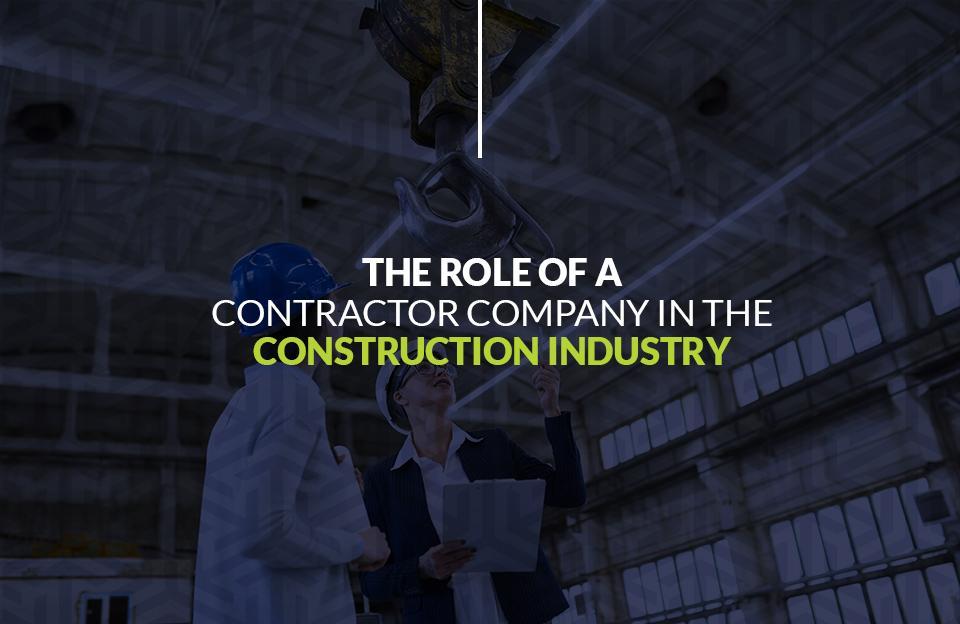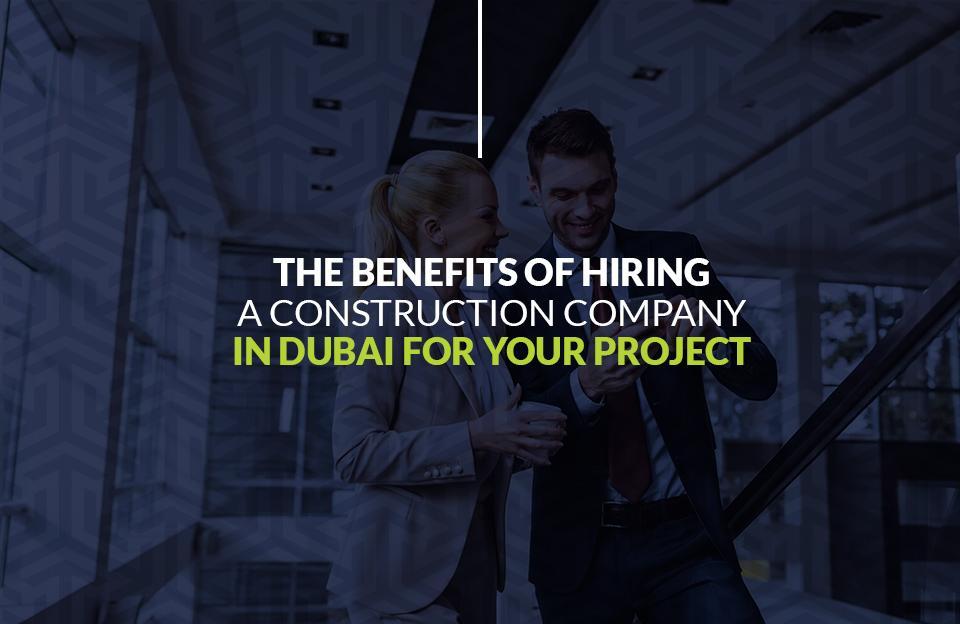Dubai is known for its innovative architecture and cutting-edge construction projects. As the city continues to grow and develop, the construction in Dubai is expected to evolve and adapt to new technologies and trends. Here are some of the innovations and trends that we can expect to see in the future of construction in Dubai:
3D Printing
3D printing is a relatively new technology that has already been used to create homes and other structures in other parts of the world. In Dubai, the government had already announced plans to use 3D printing technology to construct 25% of all buildings in the city by 2030. This technology could significantly reduce construction time and costs, while also allowing for greater design flexibility.
Sustainability
Sustainability has become an increasingly important consideration in the construction industry, and Dubai is no exception. The city has already implemented several green initiatives, including the construction of the world’s largest solar park. In the future, we can expect to see more sustainable construction practices, such as the use of recycled materials and the integration of green spaces into new buildings.
Robotics and Automation
Robotics and automation are already being used in the construction industry to perform tasks such as bricklaying and demolition. In the future, we can expect to see more advanced robotics and automation technologies being used in Dubai’s construction industry. These technologies could help reduce the risk of accidents and injuries on construction sites, improve efficiency, and reduce costs.
Building Information Modeling (BIM)
Building Information Modeling (BIM) is a digital technology that allows architects, engineers, and contractors to create a 3D model of a building and simulate its performance before construction begins. BIM has already been used in some construction projects in Dubai, and we can expect to see more widespread adoption of this technology in the future. BIM can help to reduce errors and delays during construction, while also allowing for greater collaboration between different stakeholders.
Prefabrication
Prefabrication involves building components off-site and then assembling them on-site, which can lead to faster and more efficient construction. In Dubai, where construction projects are often massive in scale, prefabrication is becoming an increasingly popular approach. This trend is likely to continue as the technology and processes involved in prefabrication continue to improve.
Virtual and Augmented Reality
Virtual and augmented reality are already being used in Dubai’s construction industry to improve design and visualization. In the future, we can expect these technologies to become even more advanced, allowing architects, engineers, and contractors to collaborate more effectively and build more efficiently.
Smart Buildings
Smart buildings are equipped with technology that allows them to monitor and adjust their own systems, such as lighting and heating, to optimize energy efficiency and comfort. In Dubai, where technological innovation is a top priority, smart buildings are likely to become increasingly common in the coming years.
Conclusion
The future of construction in Dubai is likely to be shaped by innovations such as 3D printing, sustainability, robotics and automation, Building Information Modeling (BIM), and smart city technologies. These technologies have the potential to transform the construction industry in Dubai, making it more efficient, sustainable, and innovative than ever before. As the city continues to grow and develop, it will be interesting to see how these trends evolve and shape the future of construction in Dubai.



